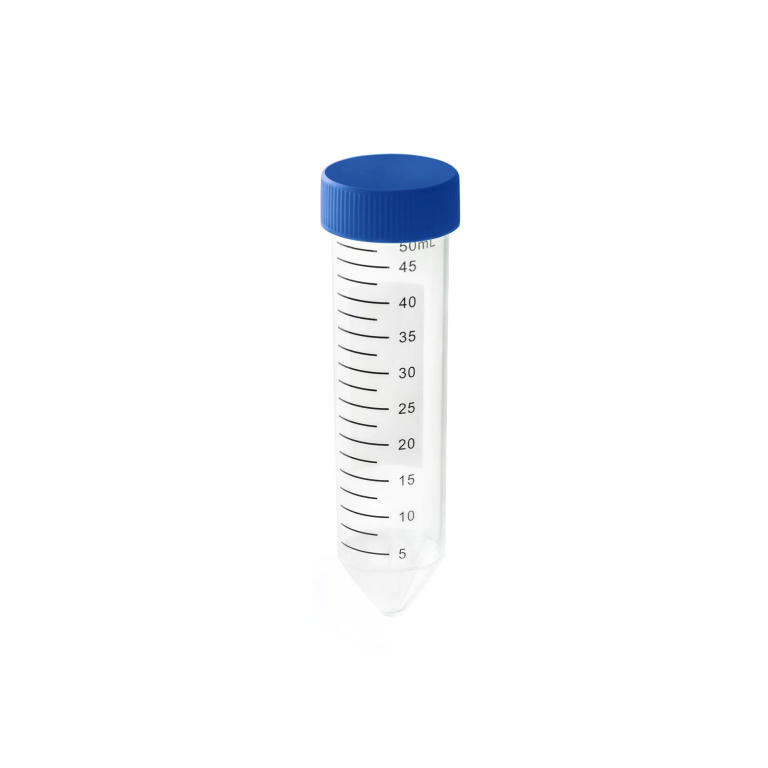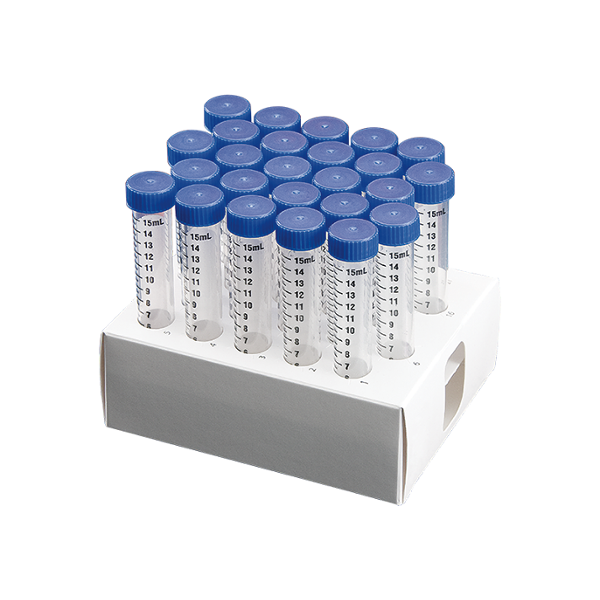Cryogenic vials are small plastic tubes designed for storing biological samples at ultra-low temperatures. Here are some key functions and uses of cryogenic vials:
– Sample preservation – Cryogenic vials allow long-term preservation of cells, tissues, proteins, DNA/RNA, etc at temperatures usually below -80°C. The ultra-low temperature stops all biological activity and degradation.
– Easy storage – The vials are compact in size and have screw caps allowing easy handling and organized storage, especially in liquid nitrogen. Many vials can be stored in a small space.
– Sample protection – The vials are made of special plastic that can withstand freezing temperatures without becoming brittle. The leak-proof screw caps prevent loss or contamination of samples.
– Identification – Cryovials have writing surfaces that allow sample details to be recorded directly on the vial. The transparent plastic also allows visual inspection of contents.
– Transport – Cryovials allow safe transport of frozen samples between labs or clinics. Samples retain a frozen state when vials are temporarily stored in dry ice.
– Compatibility – Cryovials are designed to fit into common racks and storage boxes used in freezers or liquid nitrogen tanks. This allows organized storage and retrieval.
So in summary, cryogenic vials enable reliable long-term frozen storage and transport of biological samples for research or clinical purposes. Their design protects sample integrity at ultra-low temps.


